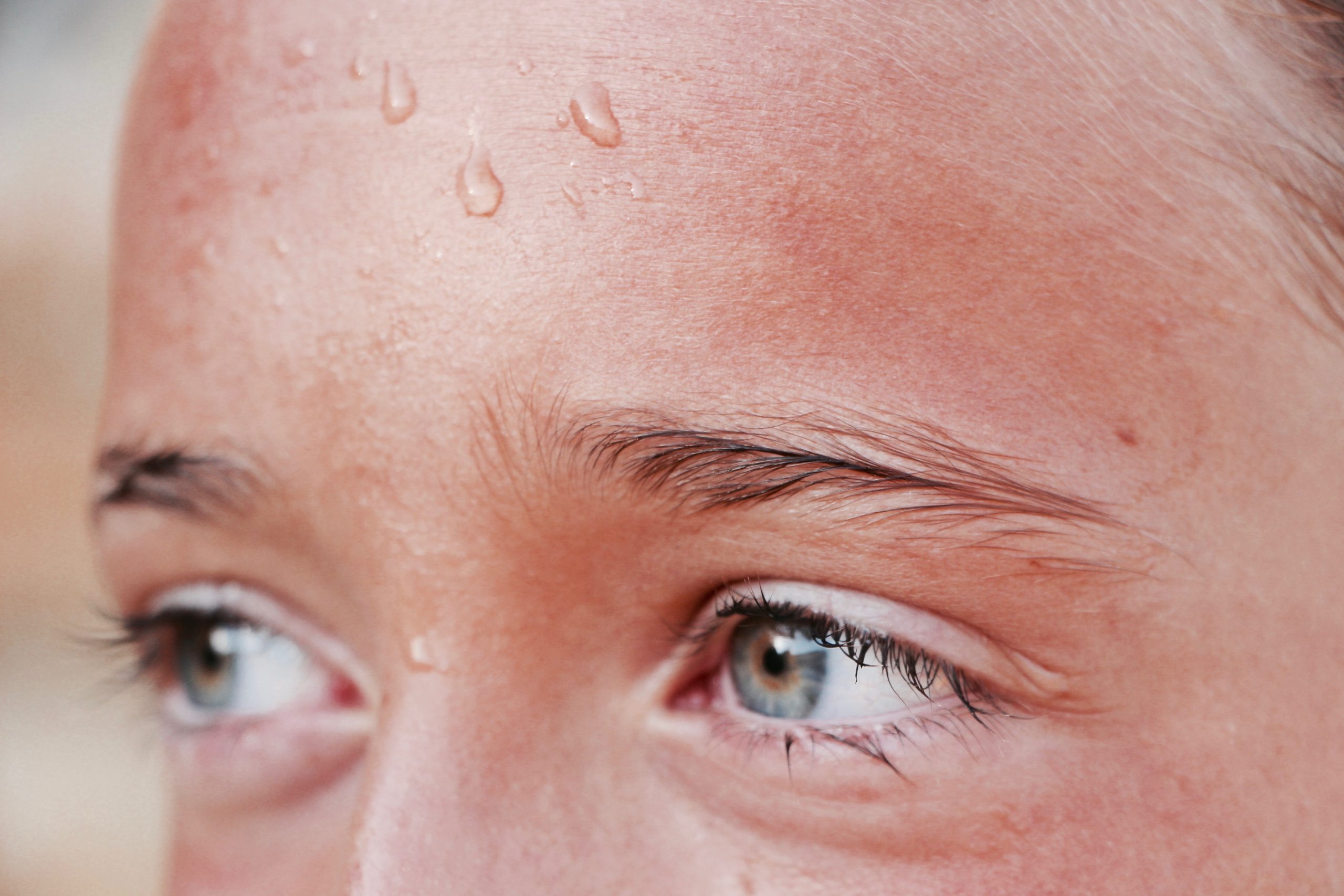
Hot flushes are a common symptom during perimenopause – and while they might not seem like a big deal, they can have a big impact on your life! But there are ways we can address the underlying causes and alleviate your suffering.
Unfortunately, around 75% of those going through perimenopause will experience hot flushes. In some cases, these may continue for months or even years after you reach menopause. So let’s look at what you can do to better manage this irritating symptom.
What are hot flushes?
You may see this referred to as hot flashes or even vasomotor symptoms (VMS). Whatever name you use, they are one of the most common symptoms experienced during perimenopause. Symptoms include:
- Redness in the face
- Increased sweating and temperature
- A flushing sensation spreading from the chest upwards to the face
Some people may also experience palpitations, dizziness and nausea. You may feel cold as a rebound effect after the flush has passed.
There is variation in each episode – you may have a sudden onset of the flush or it may come on slowly. The symptoms may be incredibly intense, or they may be mild and irritating. Many will be woken during the night by hot flushes. In fact, one of the most annoying aspects is that it is so unpredictable – you don’t know when it will hit, what it will be like, how long it will last, or even when the next episode will occur once it’s passed.
Worried about this symptom? There is nothing harmful about a hot flush. But that doesn’t mean you just have to put up with them, particularly if they stress you out or make you feel embarrassed.
How to reduce your symptoms naturally
You might have gone to your GP already and been told that hormone replacement therapy or the Pill are the only solutions for your symptoms.
But what if you’re not keen on medicating the issue and potentially making it worse down the track? The good news is that we can address your oestrogen balance and take out triggers that feed into the hot flushes.
Here are some simple tips to get started:
Avoid your triggers – common triggers include alcohol, spicy food and coffee. If you’re unsure, you might like to keep a diary tracking your food and symptoms to see if there is a pattern.
Focus on a nutrient-rich diet – you need plenty of wholefoods in your diet to support your hormones, maintain a healthy weight, improve stress resilience, reduce inflammation… the list goes on! So make sure your diet is at least 80% nourishing wholefoods (ideally it’s also tailored to your specific requirements!)
Keep calm – chronic stress is a massive issue for women in perimenopause, thanks to the reduction in stress tolerance. If you don’t get a handle on it, it will leave you inflamed, hormonally imbalanced and suffering from countless symptoms. Find a way to process your stress in a healthy manner.
Tackle insulin resistance – this is a common condition that can develop alongside perimenopause. Unfortunately, it seems that those with IR are more prone to flushes. So make sure you get checked and take steps to improve your insulin sensitivity!
Want to ditch hot flushes and other irritating perimenopausal symptoms?
Let’s jump on a FREE Pre-Screening Call to talk about how we can get you looking and feeling amazing now and for decades to come!

Susie Garden | Clinical Nutritionist & Naturopath
Are you a woman feeling stressed, flat and experiencing the challenges of peri/menopause?
It’s time to reclaim your youthful energy, radiance and self-assurance (and your ideal weight).
I’m here to help with my proven method.
Book your complimentary Pre-Screening Call here, and let’s see how I might help you.
